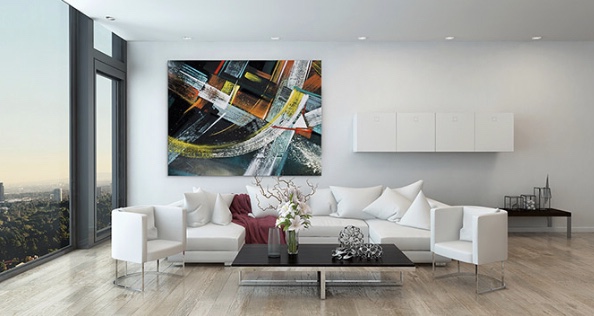Wall art gives any living space a finishing look. A bold statement. A story. Embodiment of beauty and jaw-dropping aesthetics. It flouts all the reasons one might find to only have empty walls and furniture to look at in their living rooms.
Here are 4 reasons why one can never go wrong with having wall art in their most desired spaces. Oh, and 4 fundamental tips to help you with mounting up your pieces on the wall.
A bold statement. A story. Embodiment of beauty and jaw-dropping aesthetics.
Why Wall Art?
Elegance
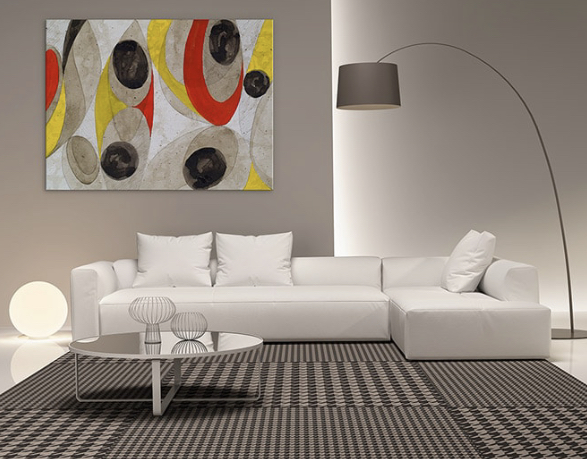
Wall Art carries with it an extra definition and crispness to the experience of relaxed ambience in the spaces it is placed; A taste of simplicity and ingenuity.
Ice Breaker
Awkward silences are unknown in spaces with wall art. Powerful art makes people talk. It radiates unspoken words, evokes the sense-making process in people who then begin to elucidate the facets of its interpretation which shape conversations.
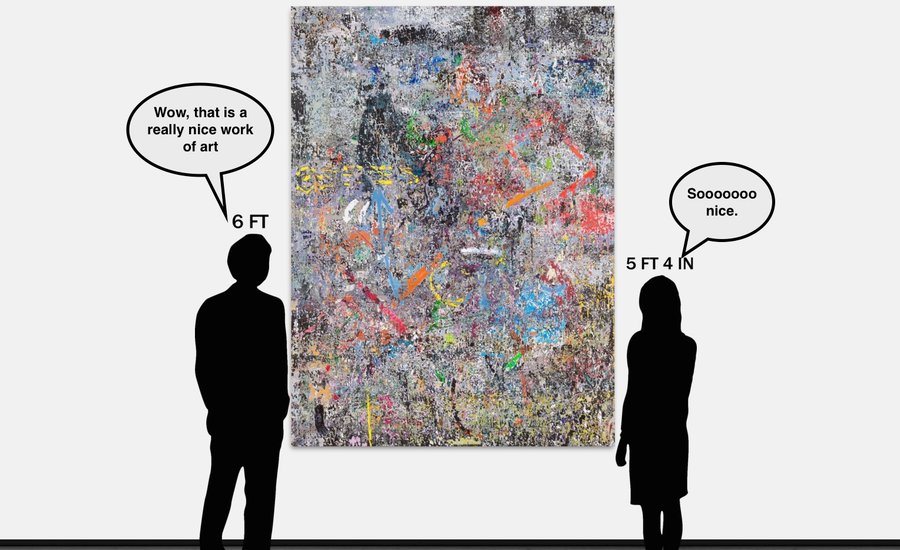
Powerful art makes people talk.
Enhances Mood
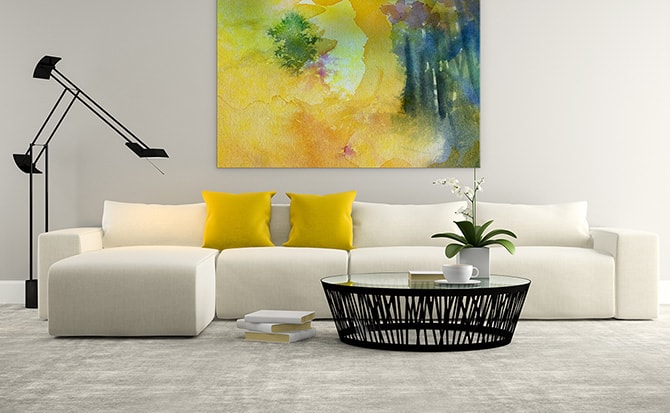
Art elicits different emotions and moods. In inexplicable ways, the combination of lively color palettes uplift the mood of whoever dares to stand by and have an unspoken conversation with it.
Focal Point
Art pieces placed at spots such as the fireplace, a few inches above the TV, or in the dining room can easily be the heart of the space. For a treasure they are, they are most certainly appreciated when they are the center of attention.
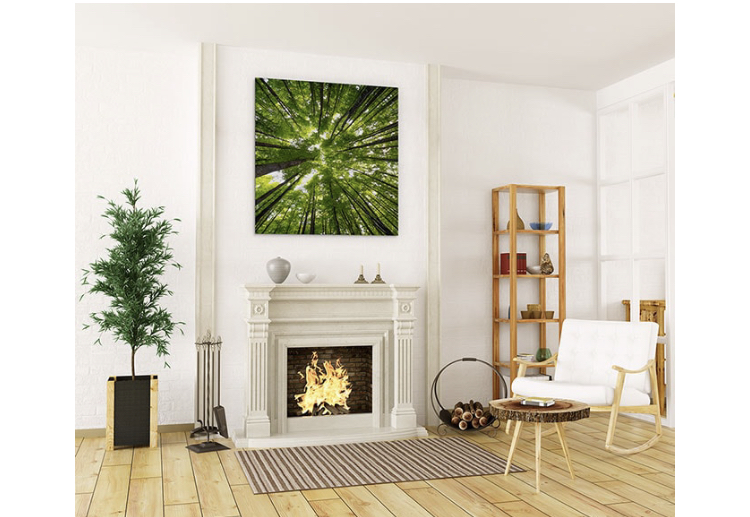
Tips
Size
The choice of the size depends on the space. A3 is the minimum and standardized size of wall art, however other smaller sizes can be considered especially with particular patterns and arranging them in collages.

Location
Wall art is best places in spaces that a person can easily see them as often as possible. Living rooms, study rooms, at-home offices, fireplaces, dining rooms and bedrooms are all great places.
In living rooms, Ballard Designs recommend art work hung over furniture should not exceed the width of the furniture – it should at least cover 50-75% of the width.
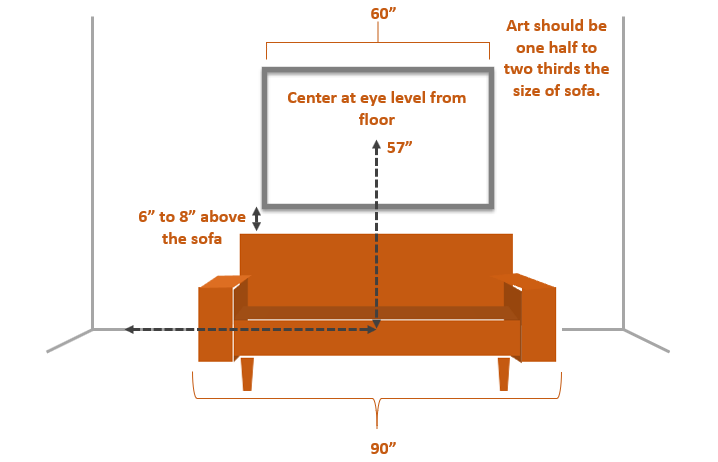
Art work hung over furniture should not exceed the width of the furniture – it should at least cover 50-75% of the width.
Hanging Hardware
The choice of hanging hardware should be guided by the size and weight of the art piece with the frame. Adhesive hooks are best for lighter pieces and wall anchors and screws are best for heavy pieces. Other hardware include picture wires, hanging strips and French cleat hangers.
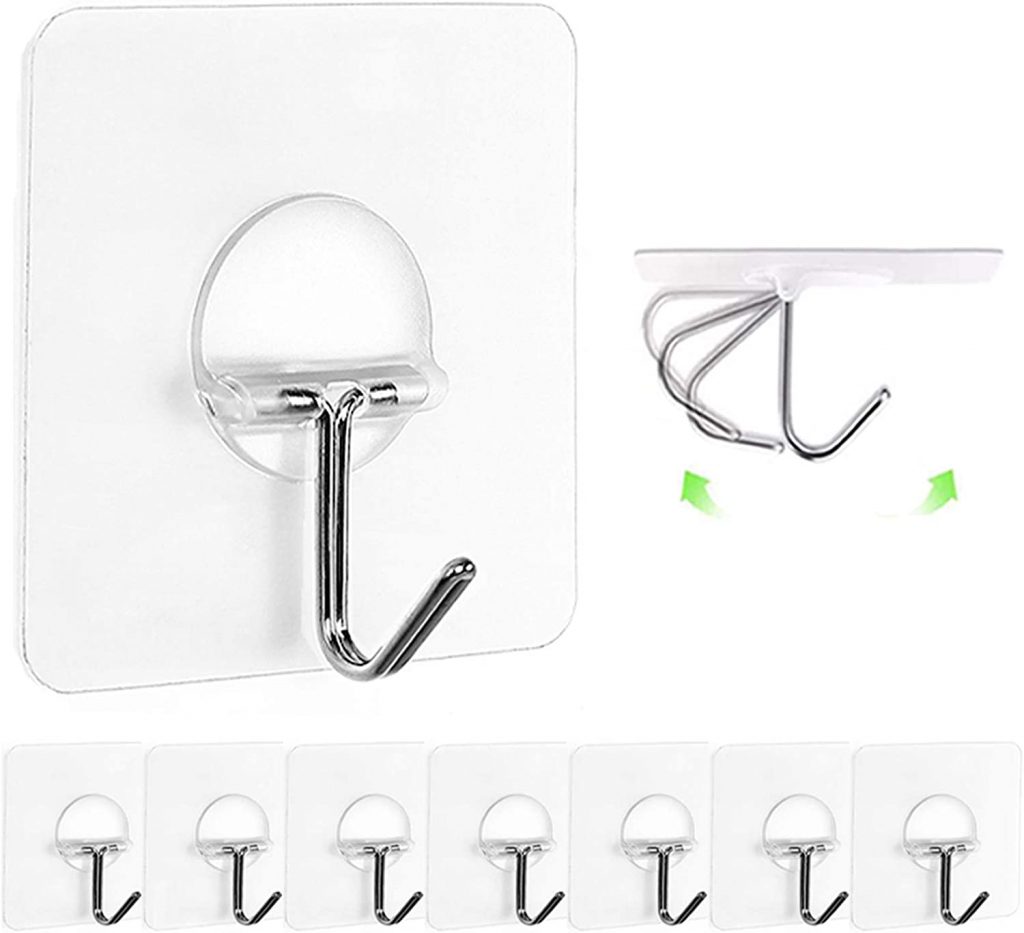
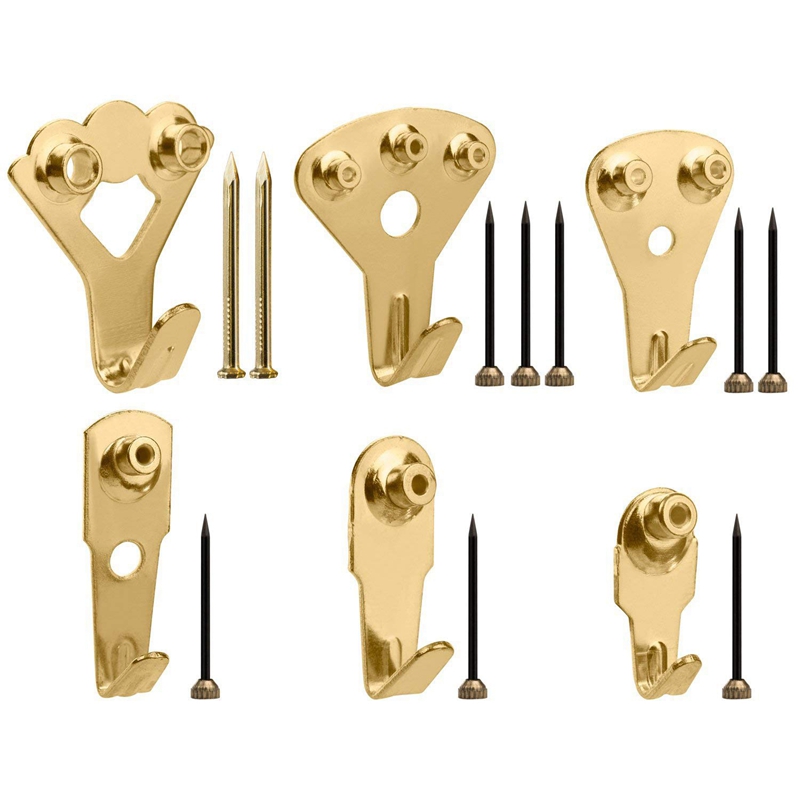
Patterns of Placement
Larger pieces are recommended for big/spacious walls and smaller pieces for narrow walls. Combining larger sizes pieces may give an overwhelming impression, however, the hack to combining them is by staggering them.
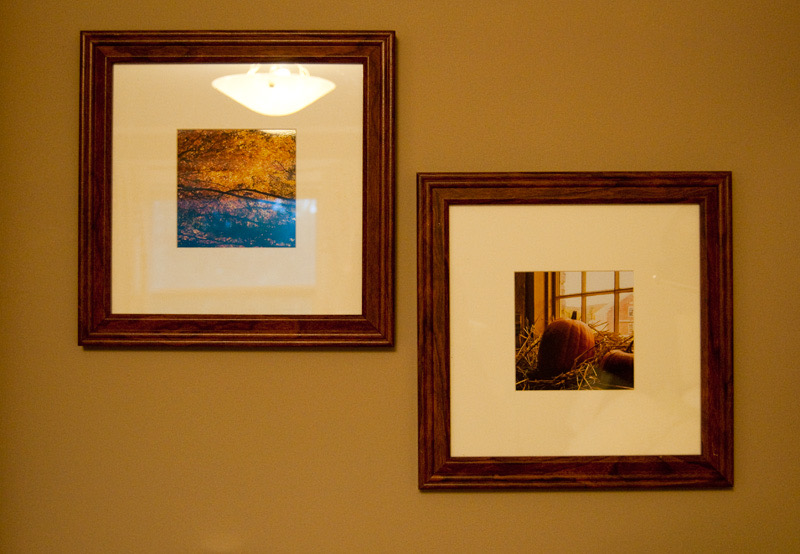
Smaller pieces can be organized in a pattern to form one bigger unit. Patterns of organization or grouping vary depending on one’s preference and color palette.
Before you hammer the nail into the wall, first have a sketched outline of how you want the pieces to be. Lay them them on the table, shuffle, and rearrange them as many times as you can until you the pattern that you want.
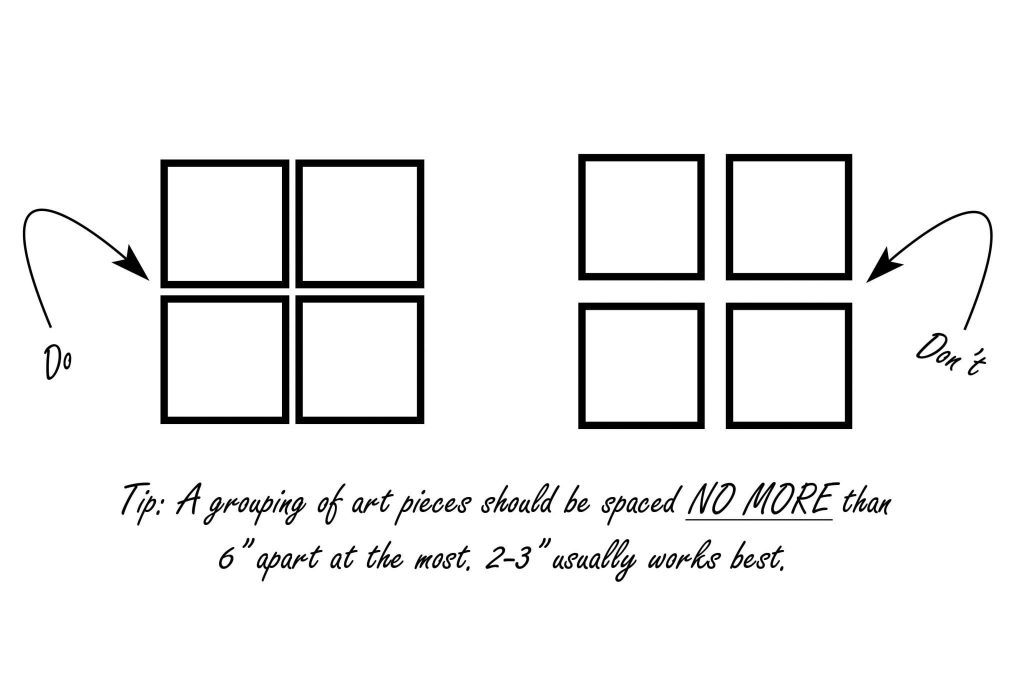
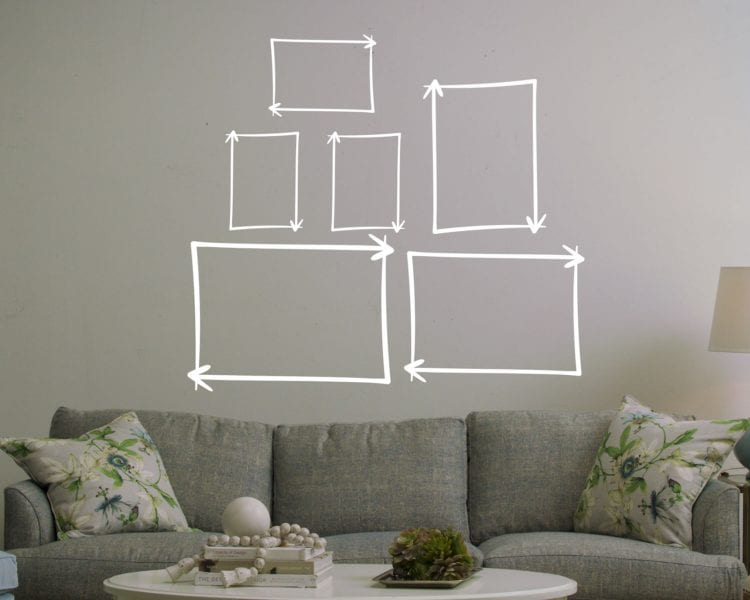
Accent and give your space an edge with extraordinary art pieces. Try out, mix and match different patterns, colors, textures and have fun while at it!


